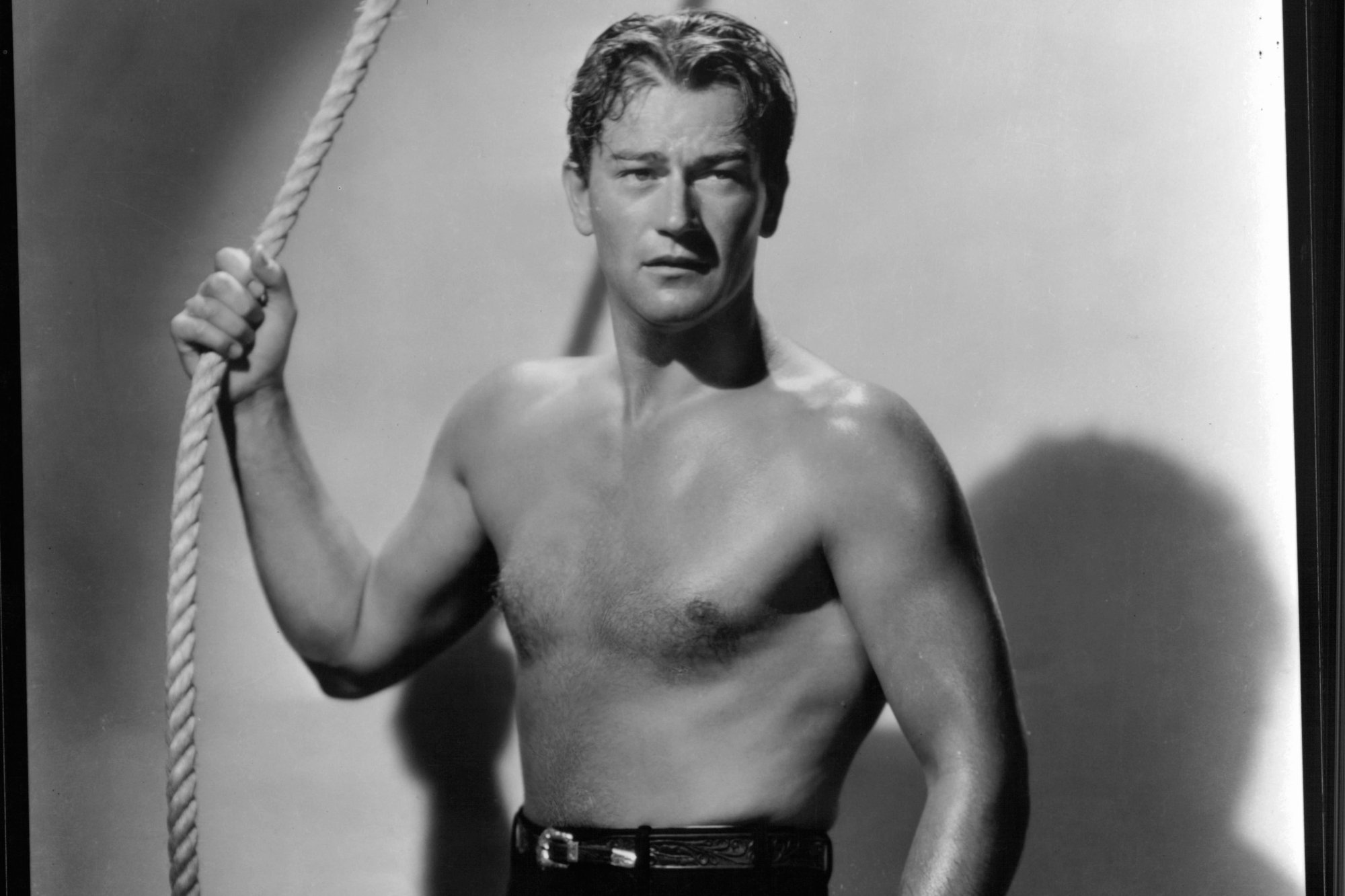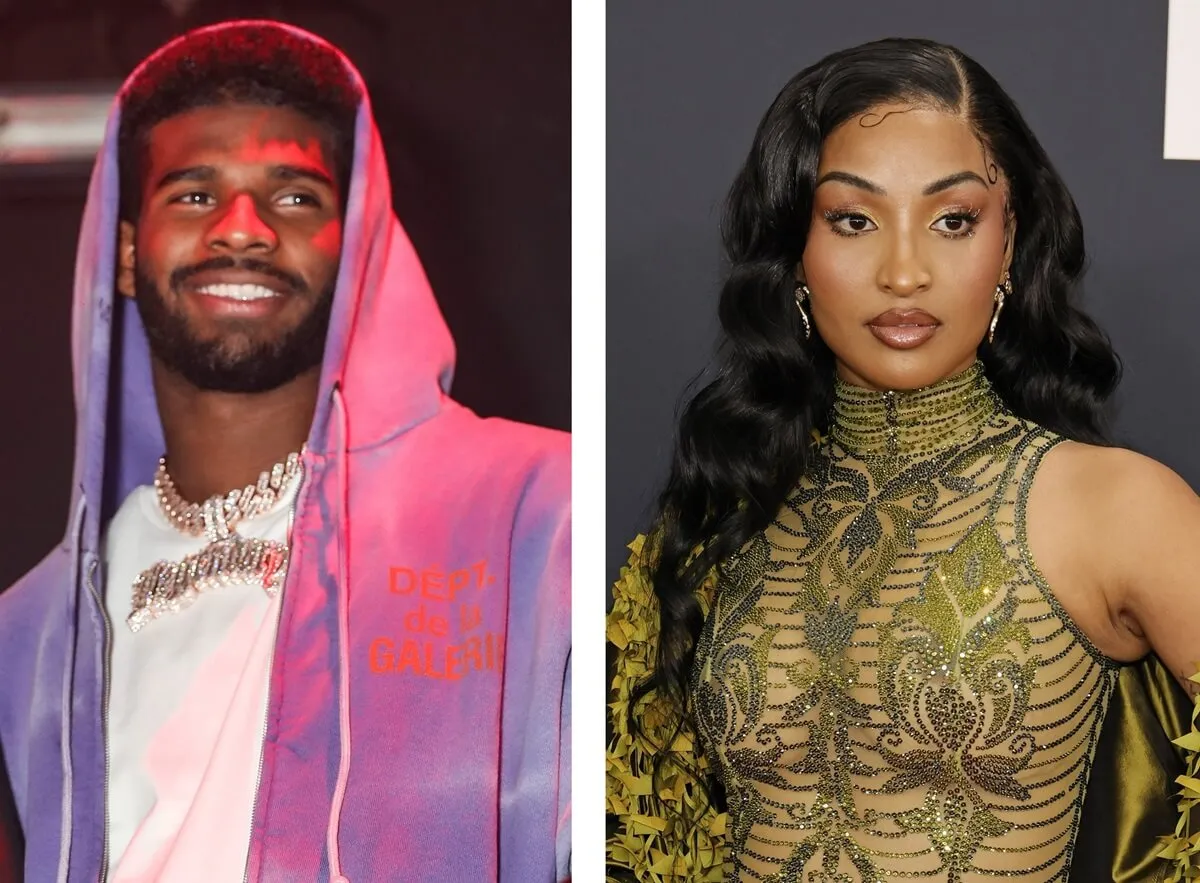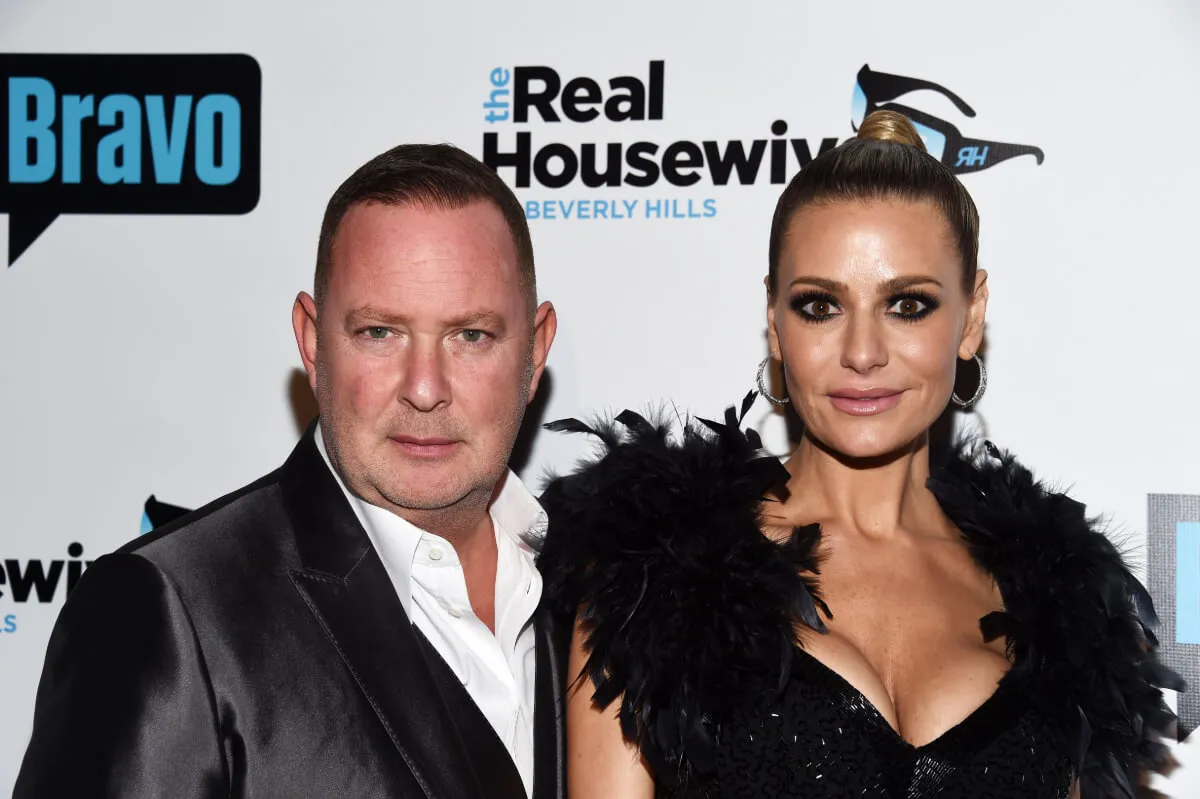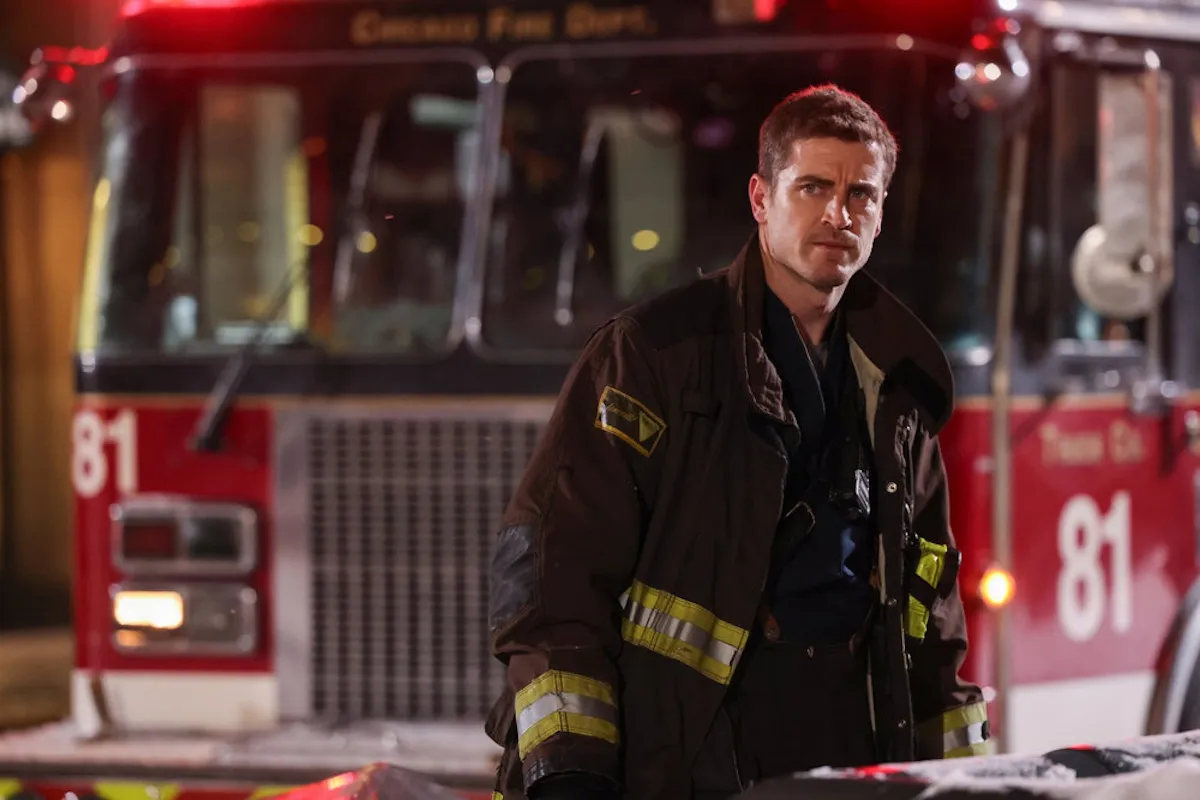
Religious Blogger Argues John Wayne’s Movies and Characters Are ‘Queer Erotic Spectacle’
According to religious blogger, Jonathan Poletti, movie star John Wayne represented queer “erotic spectacle.” However, this is likely somewhat controversial amongst the actor’s more conservative longtime fans, who only saw him as a hypermasculine figure from the perspective of heterosexuality. Nevertheless, Poletti argued that the symbolism behind Wayne and his movies dug into something much deeper.
John Wayne is the image of hypermasculinity

Wayne’s birth name was Marion Robert Morrison, but he was frequently called the Duke over the course of his professional career. He was a college athlete, who later made a turn into acting after a bodysurfing accident.
The movie star created one of the most iconic images of a cowboy in Western moviemaking. His first leading role was in Raoul Walsh’s The Big Trail in 1930, which failed at the box office. Soon after, he was making B-movie Westerns with no sign of success. However, everything changed after starring in John Ford’s ensemble film Stagecoach in 1939.
Wayne became an American icon who embodied nationalism and hypermasculinity. He also demonstrated offensive language against the LGBTQ community and people of color in a 1971 Playboy interview. Nevertheless, the average Wayne fan likely wouldn’t associate him with anything other than heterosexual ruggedness.
John Wayne represented queer ‘erotic spectacle,’ according to religious blogger Jonathan Poletti
Poletti wrote on Medium that there was a certain queer quality to Wayne’s movies and characters. The cowboy character was largely concocted by legendary filmmaker John Ford, who he called a “closeted gay man from Maine.” Actor Maureen O’Hara recalled that she saw the director with “his arms around another man and was kissing him” during the filming of The Long Gray Line.
Additionally, Poletti noted that the Evangelical Christian community was fascinated with the image that Wayne projected through a cowboy, calling it an “erotic spectacle, just as much for the visual pleasure of the male spectator as for the female.”
In 1942’s The Spoilers, “Wayne nearly does drag” in the role of Roy Glennister. Additionally, his movies are generally set on desert sets where women are typically underutilized, focusing on the men.
Ford and Wayne made many feature films together, but their relationship was anything but stable. The director often bullied the actor, mistreating him for the sake of a better performance. Poletti compared this to “S&M (sadism and masochism)” to concoct films that he called “nearly ballets.” After all, Katharine Hepburn herself referred to his wonderful dancing ability.
Poletti quoted critic Paul Varner in reference to calling the Western genre that Wayne filled his filmography with a “queer genre.” He wrote that the men in these films were in “sexless” marriages with male companionship that had an inherent “homoerotic nature.”
The cowboy image will live on forever
The image of Wayne takes on many shapes when looking over his entertainment career, which a queer lens being one of them. Along with the likes of Clint Eastwood, Wayne will always represent one of the quintessential images of cowboy masculinity. He had an undeniable charm to him that many of his colleagues found to be magnetic, but it also drew audiences in.
The American icon will live on forever through performances such as The Searchers, Red River, The Man Who Shot Liberty Valance, True Grit, and The Quiet Man. Wayne represented a form of masculinity that connected with audiences around the world.


